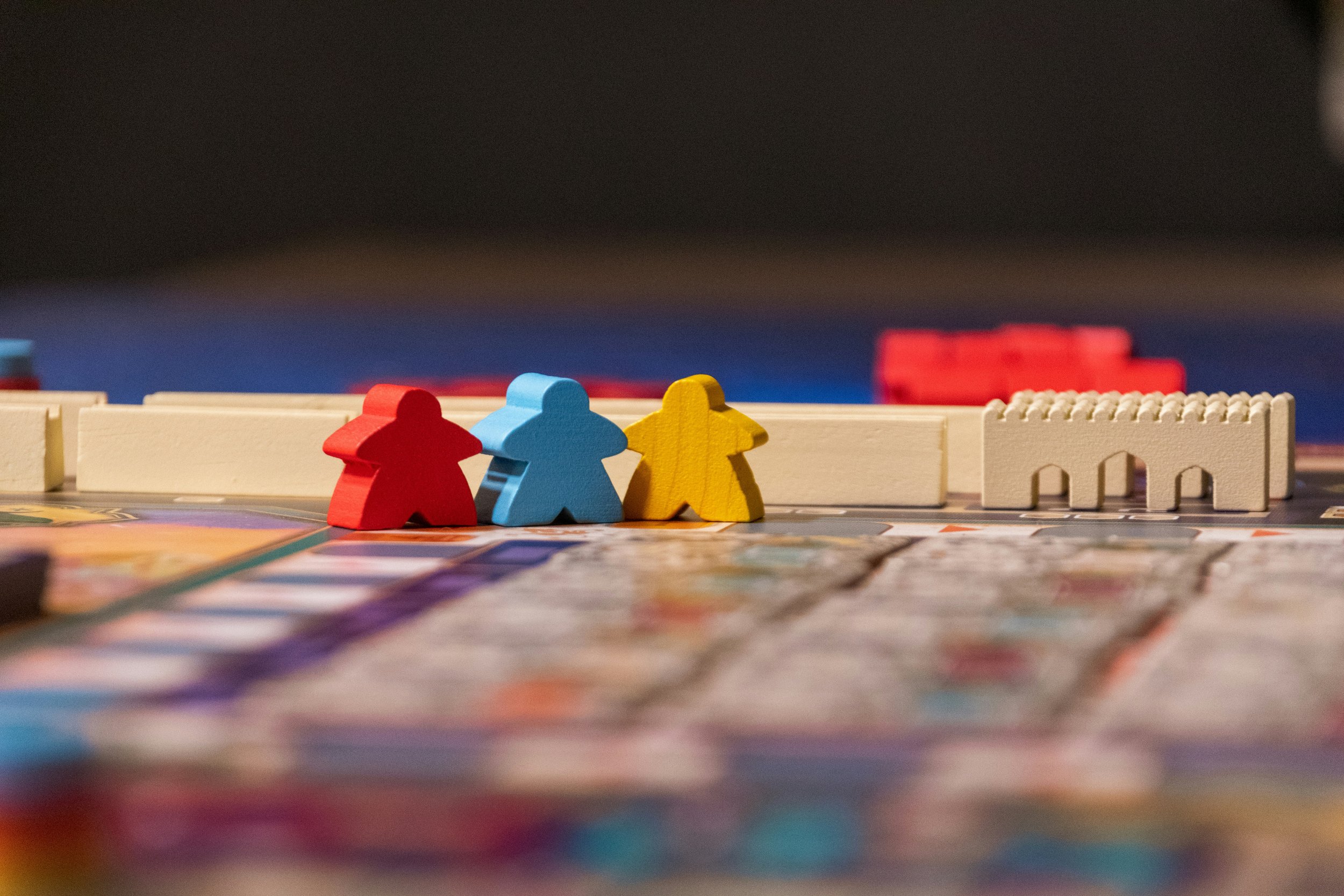Capturing and maintaining users' attention is more challenging than ever. As consumers become increasingly discerning, businesses use innovative strategies to enhance user engagement and foster long-term loyalty. One such strategy that has gained widespread popularity is gamification – integrating game mechanics and elements into non-game contexts. Let's delve into gamification and discover how it can transform products and services, driving engagement and fostering user retention.
Understanding Gamification:

-
What is Gamification?: Gamification involves incorporating game design elements, such as points, badges, levels, and challenges, into non-game environments to motivate and engage users.
-
Principles of Gamification: At its core, gamification leverages principles of motivation, reward, and competition to encourage desired behaviours and drive user engagement.
-
Benefits of Gamification: By adding game-like elements to products and services, businesses can enhance user motivation, increase participation, and foster a sense of accomplishment and progress.
Enhancing User Engagement:
-
Increased Interactivity: Gamification adds an interactive layer to products and services, encouraging users to participate and engage with the experience actively.
-
Sense of Achievement: By offering rewards, badges, and progress tracking, gamification provides users with a sense of achievement and progression, motivating them to continue using the product or service.
-
Social Interaction: Gamified experiences often incorporate social elements, such as leaderboards, challenges, and multiplayer features, fostering competition and collaboration among users.
Driving User Retention:
-
Long-term Engagement: Gamification creates a dynamic and immersive experience that keeps users returning for more, increasing retention rates and reducing churn.
-
Personalized Experiences: Through gamification, businesses can tailor experiences to individual user preferences, providing targeted challenges, rewards, and incentives based on user behaviour and engagement levels.
-
Building Loyalty: Gamification helps build a community of brand advocates who are invested in the product or service by rewarding loyal users with special perks, privileges, and exclusive content.
Application in Various Industries:
-
Education: Gamification has transformed the education industry, making learning more interactive, engaging, and enjoyable for students of all ages.
-
Fitness: Fitness apps and wearable devices use gamification to motivate users to achieve their health and wellness goals through challenges, rewards, and progress tracking.
-
Retail: Retailers leverage gamification to enhance the shopping experience, offering rewards, discounts, and exclusive offers to incentivize purchases and increase customer loyalty.
Conclusion:
In an increasingly digital and competitive landscape, gamification offers a powerful strategy for businesses to drive user engagement and retention. By incorporating game elements into products and services, businesses can create immersive, interactive experiences that captivate users' attention, foster loyalty, and drive long-term success. Whether it's unlocking achievements, competing with friends, or earning rewards, gamification transforms everyday interactions into exciting and rewarding experiences, keeping users coming back for more.
Tags:

Jan 31, 2025 1:15:38 PM

Comments